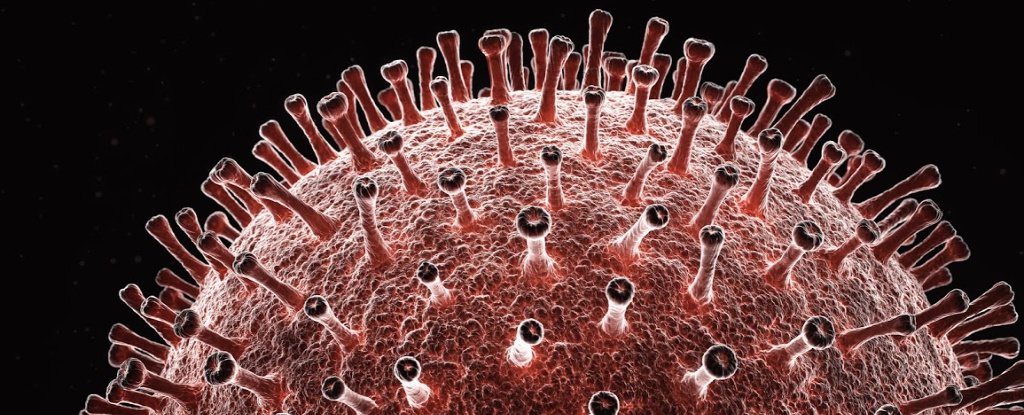What is Coronavirus Disease? [ source ]
COVID-19 is the disease caused by the new coronavirus that emerged in China in December 2019.
COVID-19 symptoms include cough, fever and shortness of breath. COVID-19 can be severe, and some cases have caused death.
The new coronavirus can be spread from person to person. It is diagnosed with a laboratory test.
There is no coronavirus vaccine yet. Prevention involves frequent hand-washing, coughing into the bend of your elbow and staying home when you are sick.
How is COVID-19 spread? [ source ]
COVID-19 can be passed from person to person through droplets from coughs and sneezes. COVID-19 has been detected in people all over the world, and is considered a pandemic.
Coronavirus Origin [ source ]
2019-nCoV is 96% identical at the whole-genome level to a bat coronavirus
Coronavirus Vaccine [ source ]
Last week (3rd week of March 2020), the first volunteers in a study of an experimental COVID-19 vaccine received their first doses, and the vaccine’s developer, Moderna Therapeutics, is already thinking ahead. Although testing on the vaccine will take at least a year to complete, the work could provide valuable information about how the immune system can fight coronaviruses and could give scientists a head start if any new outbreaks of the virus were to occur.
Is Pangolin connected to Coronavirus spread? [ source ]
On 7 February, 2020, we learned that a virus even closer to SARS-CoV-2 had been discovered in pangolin. With 99 percent of genomic concordance reported, this suggested a more likely reservoir than bats.
However, a recent study under review shows that the genome of the coronavirus isolated from the Malaysian pangolin (Manis javanica) is less similar to SARS-Cov-2, with only 90 percent of genomic concordance. This would indicate that the virus isolated in the pangolin is not responsible for the COVID-19 epidemic currently raging.
However, the coronavirus isolated from pangolin is similar at 99 percent in a specific region of the S protein, which corresponds to the 74 amino acids involved in the ACE (Angiotensin Converting Enzyme 2) receptor binding domain, the one that allows the virus to enter human cells to infect them.
By contrast, the virus RaTG13 isolated from bat R. affinis is highly divergent in this specific region (only 77 percent of similarity). This means that the coronavirus isolated from pangolin is capable of entering human cells whereas the one isolated from bat R. affinis is not.
In addition, these genomic comparisons suggest that the SARS-Cov-2 virus is the result of a recombination between two different viruses, one close to RaTG13 and the other closer to the pangolin virus. In other words, it is a chimera between two pre-existing viruses.
This recombination mechanism had already been described in coronaviruses, in particular to explain the origin of SARS-CoV. It is important to know that recombination results in a new virus potentially capable of infecting a new host species.
For recombination to occur, the two divergent viruses must have infected the same organism simultaneously.
Two questions remain unanswered: in which organism did this recombination occur? (a bat, a pangolin or another species?) And above all, under what conditions did this recombination take place?
Coronavirus Tracker Philippines pc, mobile phone and tablet
Tam
April 04, 2020
👉 Mobile Users: Can't see the whole content of this page? To see it, just press Settings of your browser > press Desktop site > Done!
Footer Menu Widget
Designed with by Way2Themes | Distributed By Gooyaabi Themes



0 Comments
Please comment according to the post topic. Any links and off-topic comments will not be published. Thanks!